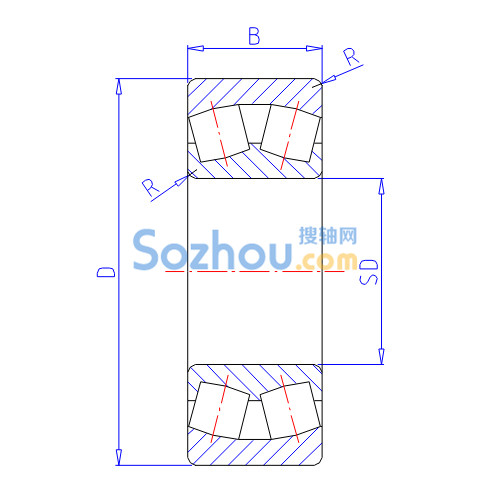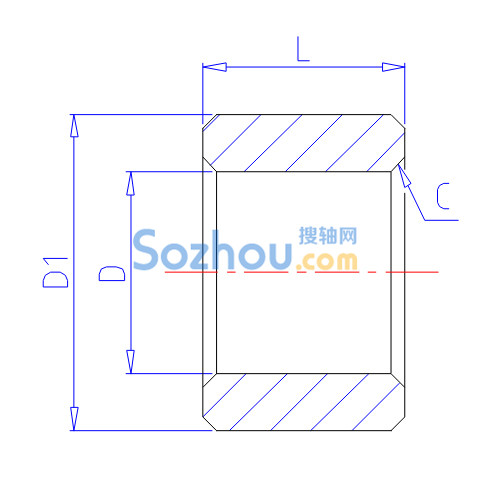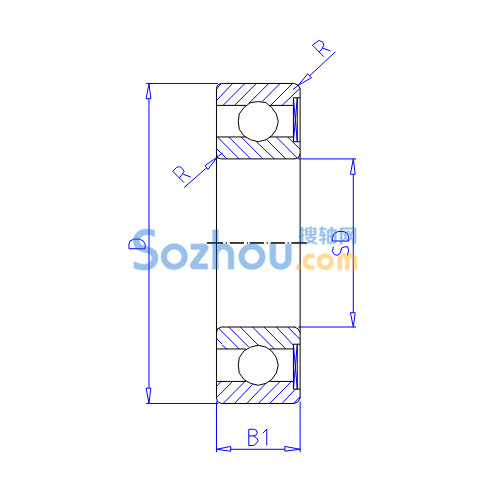Four Major Repair Methods for Worn Linear Guides
Due to excessive use, excessive load, and the entry of small particles, linear guides can become worn. It is important to repair worn guides promptly to prevent more serious damage. Below is a detailed explanation of the repair methods for worn linear guides.
1. Traditional Spray Welding and Arc Welding
Description: Traditional spray welding and arc welding can be used to repair defects. However, these methods often result in cracks due to heat-induced deformation. The color of the weld area also differs significantly from the base material, making traditional welding unsuitable for visible processing surfaces.
Steps:
Preheat the Workpiece: Preheat the guide to a certain temperature.
Weld the Defects: Use welding techniques to fill the defects.
Post-Weld Treatment: Allow the workpiece to cool slowly to reduce thermal stress.
Advantages:
Suitable for Non-Visible Surfaces: Good for repairing non-visible surfaces.
Disadvantages:
High Risk of Cracks: Easy to produce cracks and deformations.
Color Mismatch: Significant color difference between the weld and the base material.
High Skill Requirement: Requires high technical skill and experience from the operator.
2. Cold Welding
Description: Cold welding involves using a cold welder to repair defects. The base material remains at room temperature, resulting in no stress, no cracks, no undercut, and no visible weld marks. The repaired metal is dense, with no annealing or softening, no hard spots, and no hardening. The repaired area can be mechanically processed, and the color of the repaired metal matches the base material, making it ideal for quality inspections.
Steps:
Clean the Defect Area: Thoroughly clean the defect area.
Apply Cold Welding Material: Use the cold welder to apply the welding material.
Finish and Polish: Finish and polish the repaired area to achieve a smooth surface.
Advantages:
No Thermal Stress: No heat-induced stress or deformation.
Color Match: The color of the repaired area matches the base material.
Mechanical Processing: The repaired area can be mechanically processed.
Disadvantages:
Time-Dependent: The repair time depends on the size of the defect.
Cost-Effective for Small Defects: Not cost-effective for large defects.
3. Spray Welding
Description: Spray welding involves preheating the guide surface to 150°C or higher, followed by initial powder spraying. The sprayed surface is then heated to 900°C to 1200°C to melt the powder and form a smooth surface. Due to the long preheating and heating times, the workpiece is exposed to heat over a larger area, leading to significant thermal stress and a higher risk of cracks and shrinkage cracks.
Steps:
Preheat the Guide: Preheat the guide to 150°C or higher.
Initial Powder Spraying: Apply the initial layer of welding powder.
Heat the Sprayed Surface: Heat the sprayed surface to 900°C to 1200°C to melt the powder.
Finish and Polish: Finish and polish the surface to achieve a smooth finish.
Advantages:
Color Match: The spray layer color is closer to the base material due to the high iron content in the powder.
Mechanical Processing: The repaired area can be mechanically processed.
Disadvantages:
High Risk of Cracks: Higher risk of cracks due to thermal stress and shrinkage.
Limited Defect Size: Suitable for smaller defects.
Thorough Cleaning: The defect area must be thoroughly cleaned before repair.
4. Arc Welding
Description: Arc welding can be performed using cast iron welding rods (Z248) or nickel-based cast iron welding rods (Z308). The process involves preheating the workpiece to a certain temperature, welding the defects, and allowing the workpiece to cool slowly. Two methods are commonly used:
Method 1: Preheat the workpiece to 550°C to 650°C, then weld and allow to cool slowly over 5 to 8 hours.
Method 2: Weld without preheating and allow to cool slowly over 3 to 4 hours.
Steps:
Preheat the Workpiece: Preheat the workpiece to the specified temperature.
Weld the Defects: Use the appropriate welding rod and technique to fill the defects.
Post-Weld Treatment: Allow the workpiece to cool slowly to reduce thermal stress.
Advantages:
Cost-Effective: Welding rods are relatively inexpensive.
Good Mechanical Properties: The welded area has good mechanical properties and high bonding strength.
Disadvantages:
High Risk of Cracks and Hard Spots: Easy to produce cracks and hard spots.
Difficult Mechanical Processing: The welded area is difficult to process mechanically.
Color Mismatch: The color of the welded area may differ from the base material.
Undercut and Weld Marks: Undercut and visible weld marks can occur due to the influence of oil absorption and welding force.
Conclusion
These are the four major repair methods for worn linear guides. Choose the appropriate method based on the specific situation to ensure effective and efficient repair.





